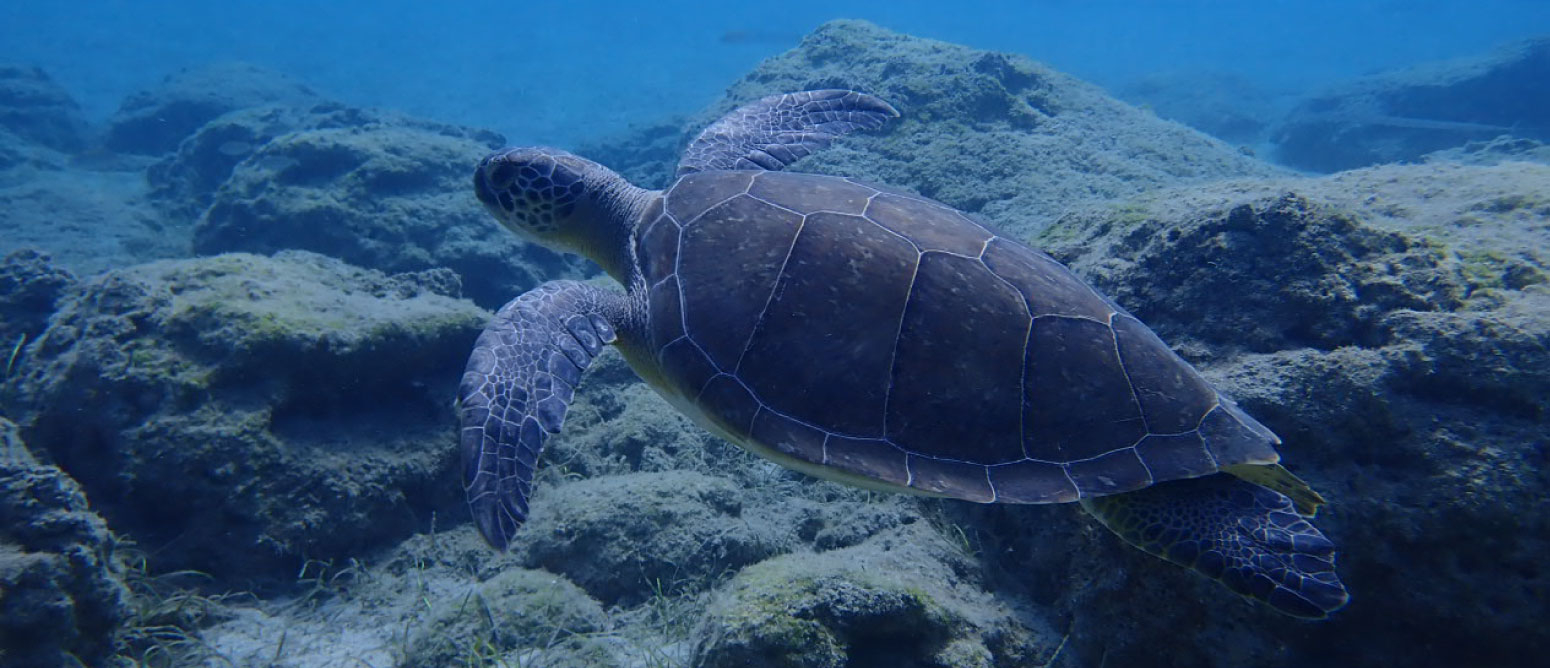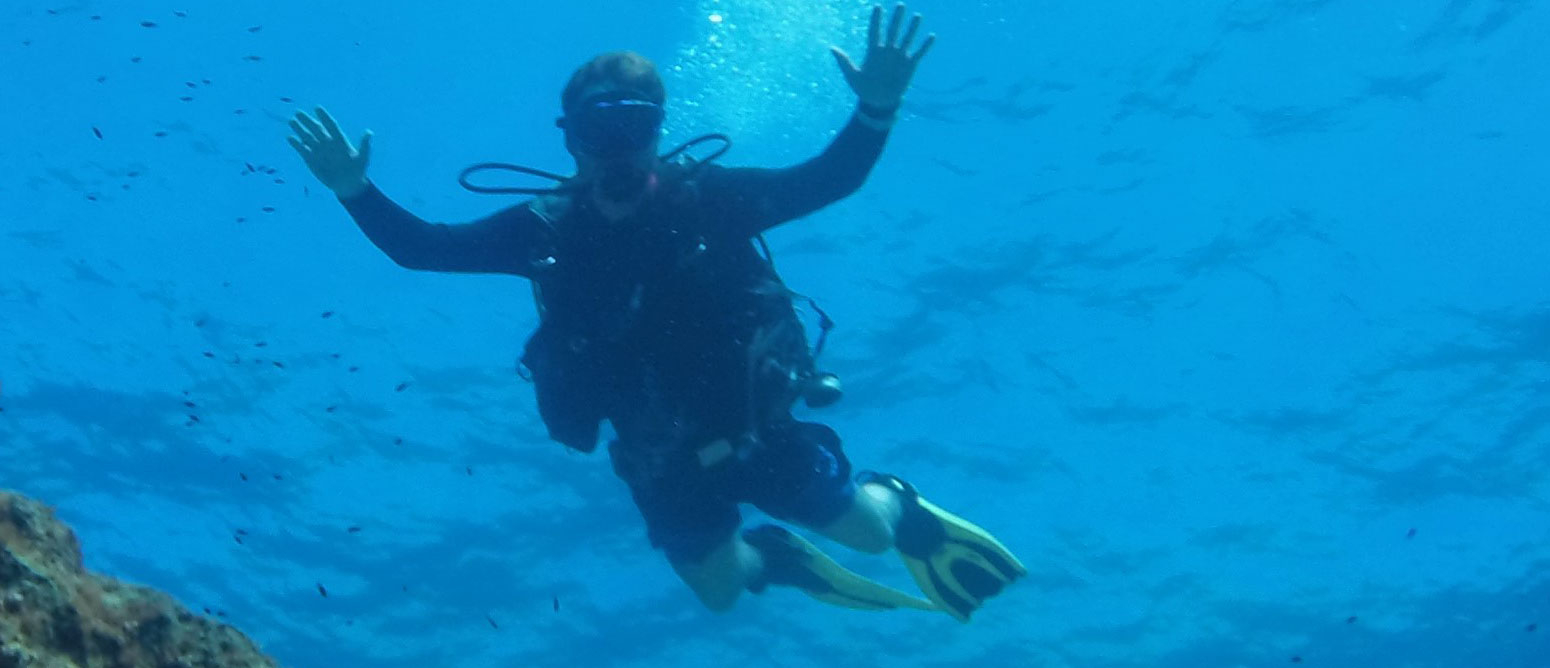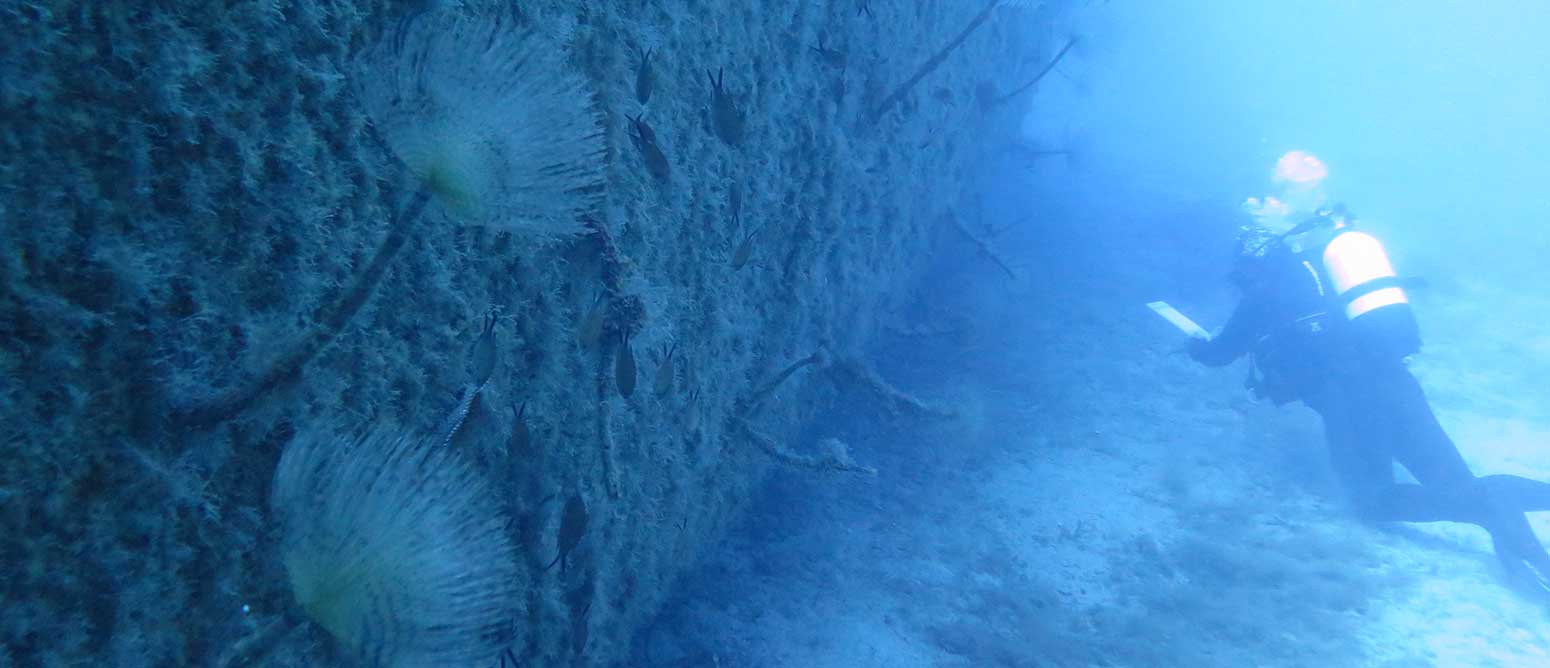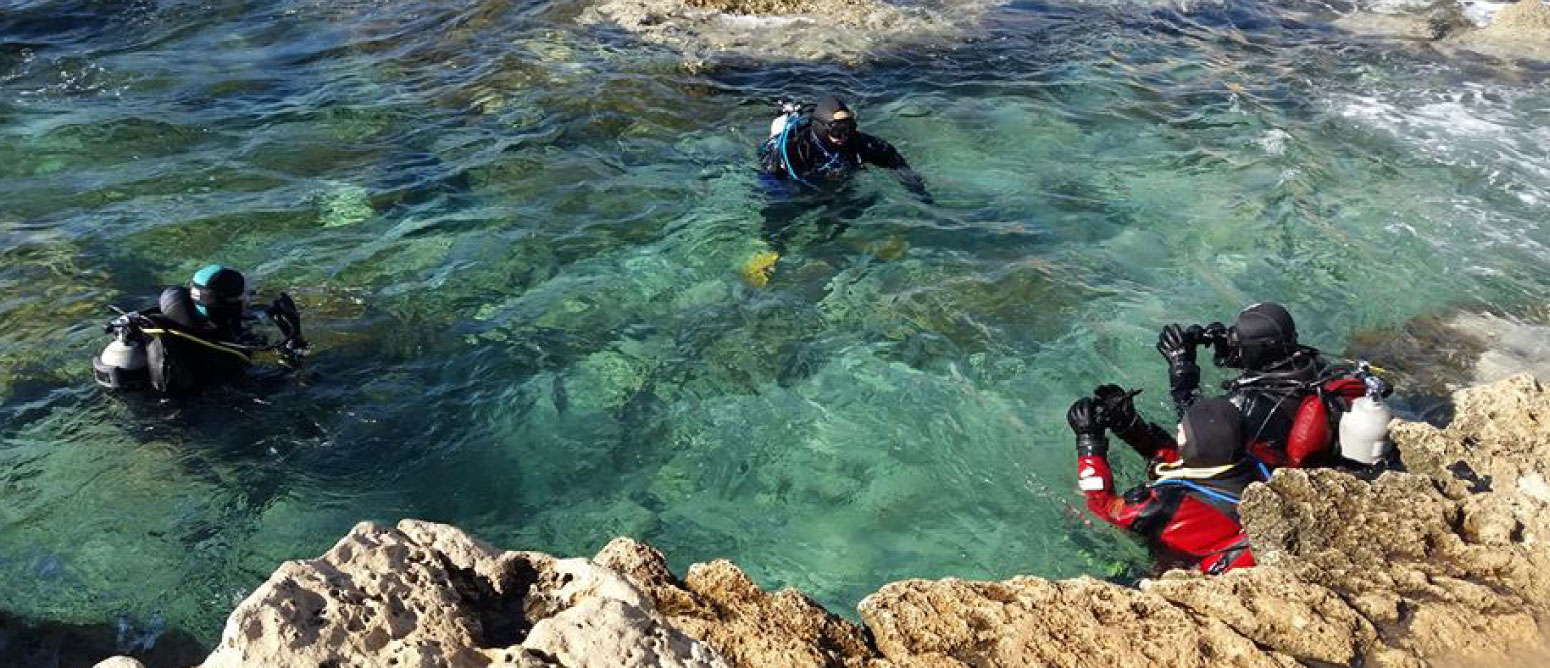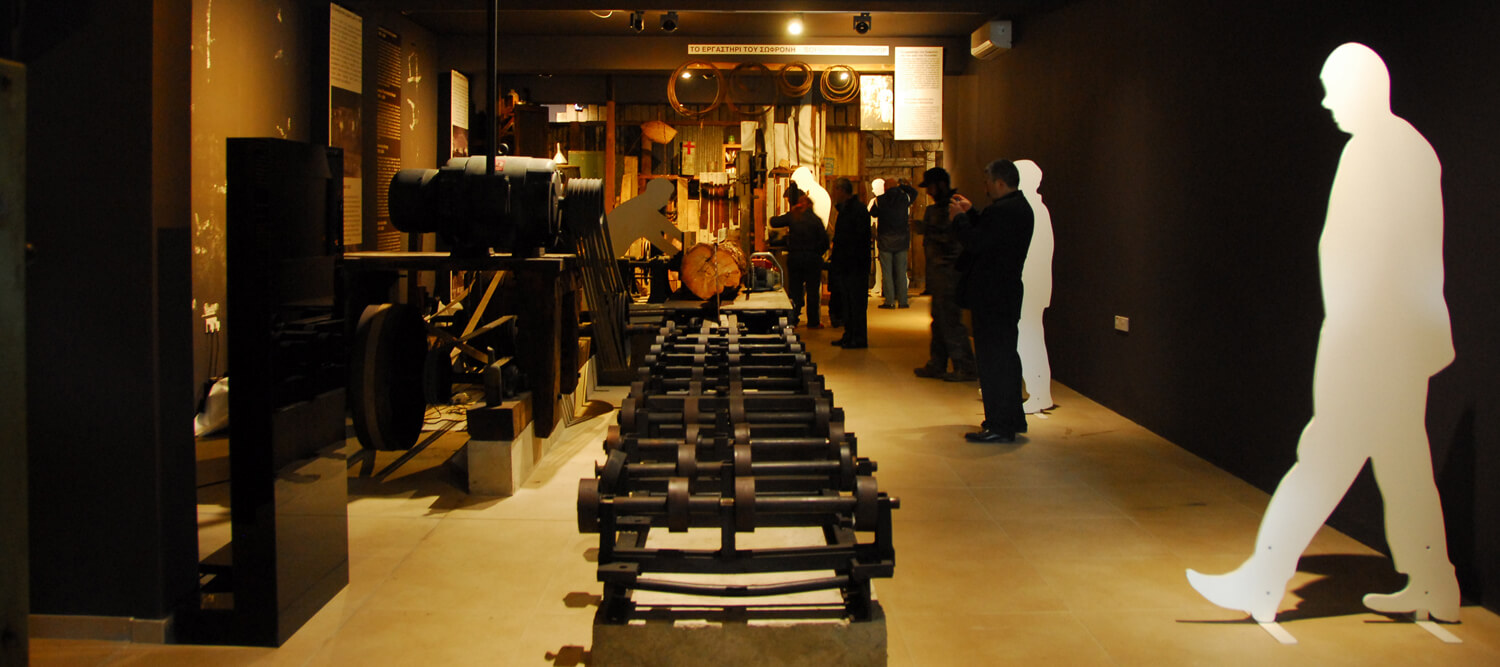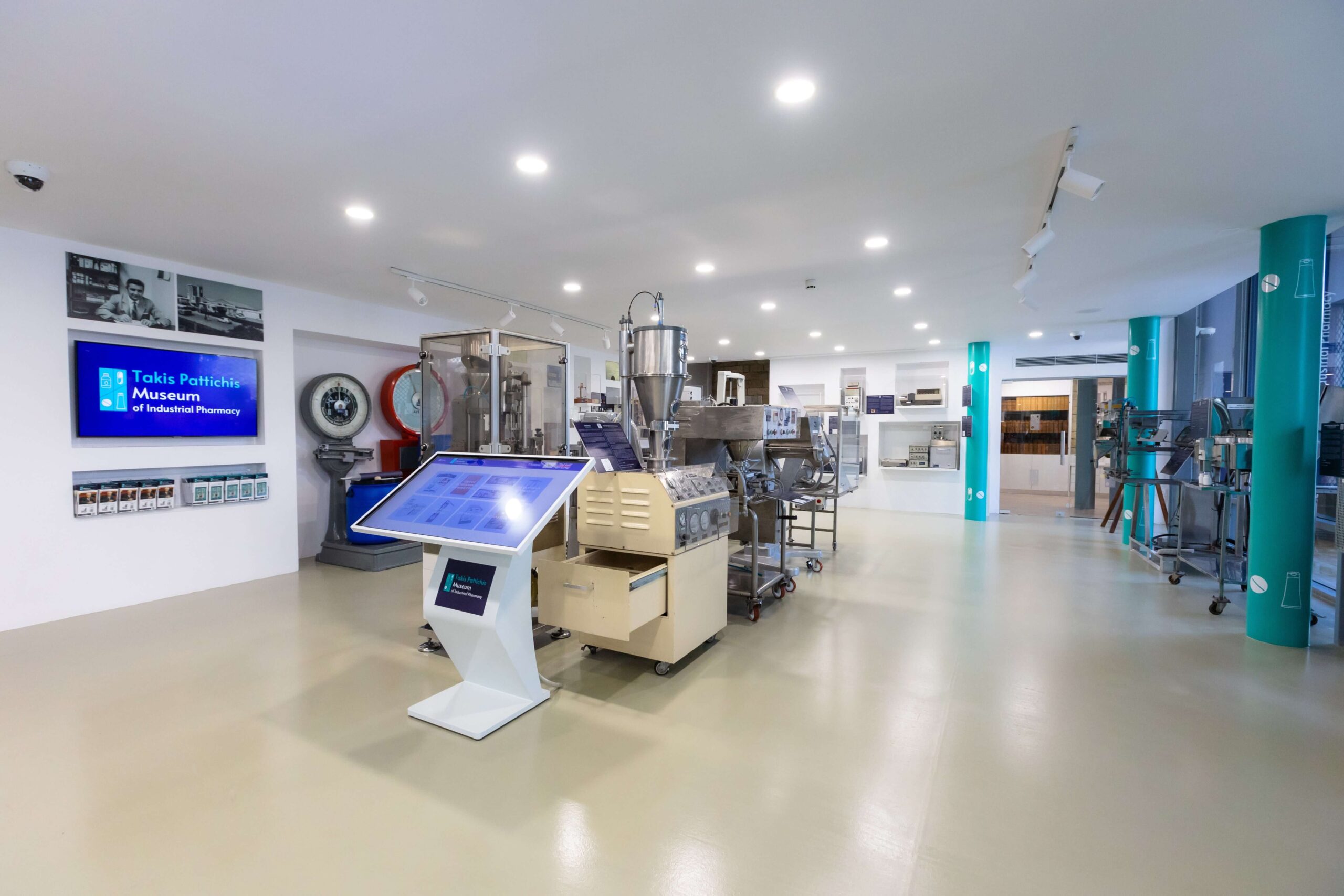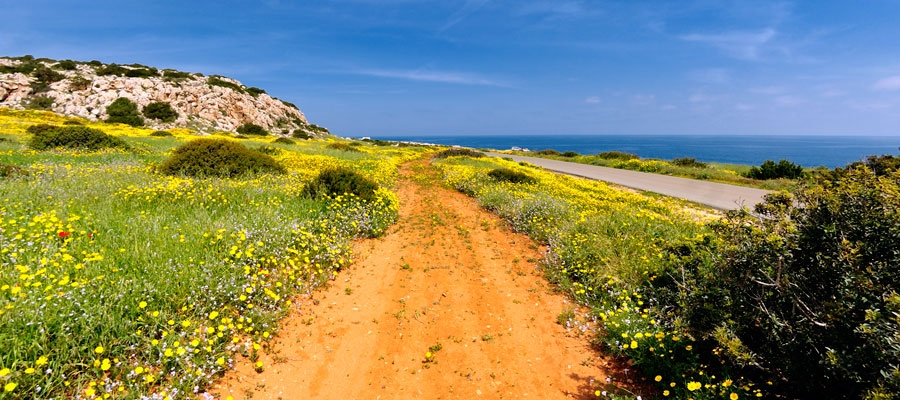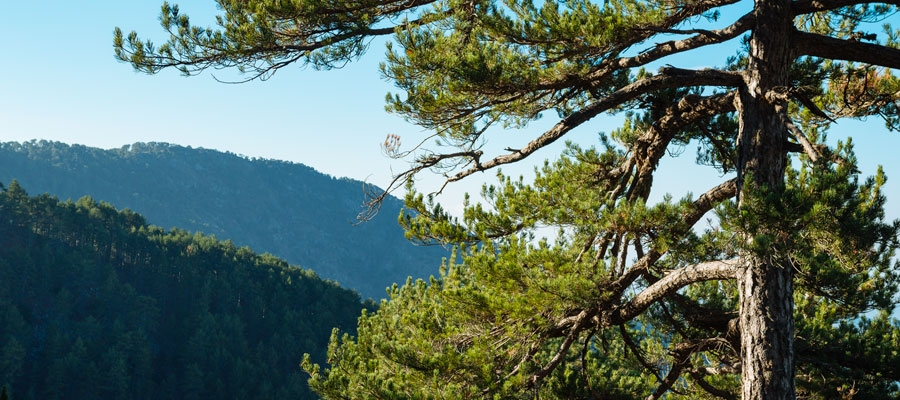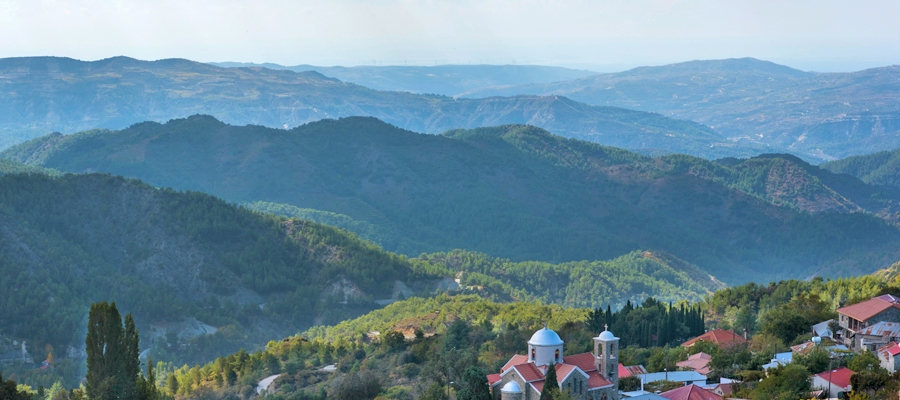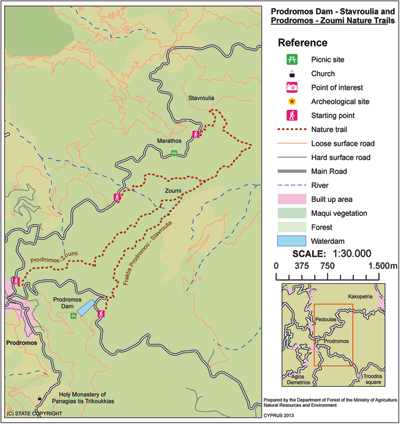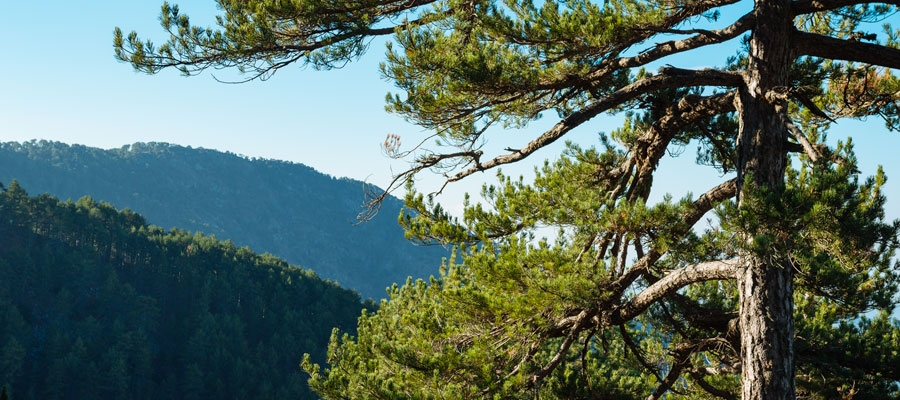Established in 2022 by the Charalambos & Elena Pattihis Foundation, the Takis Pattichis Museum of Industrial Pharmacy is the only museum of its kind in Cyprus and probably in the whole world.
The Museum features an eclectic selection of scientific exhibits dedicated to the industrial manufacturing and analysis of medicines and it stands as a tribute to the history of the Cyprus Pharmaceutical Industry and to its founder – Mr. Takis Pattichis.
Starting out in the 1960’s, Takis Pattichis’ vision was to establish the manufacturing and exporting of pharmaceuticals right here in Cyprus, something which he achieved – making Cyprus known as a country manufacturing high-tech products in over 100 other countries.
Visitors of the Museum have the unique opportunity to:
Learn about the machinery and processes used to manufacture pharmaceutical dosage forms like capsules, tablets, gels / creams / ointments, and syrups.
Discover some of the relevant analytical instruments and other testing apparatuses used in monitoring and controlling the quality of medicines.
Explore the development of weighing instruments and see how they have evolved over a period of more than 120 years.
See original versions of historic books, manuals, guides, and reference books related to Chemistry and to Industrial Pharmacy, some of which date back to the 19th century.
Understand the complicated manufacturing methods that pharmaceutical companies use to produce the medicines we consume.
All of the Museum’s exhibits have descriptions in both Greek and English as well as QR codes that open up web pages with information and pictures of each individual exhibit.
The Museum also includes an interactive touch screen with many interesting topics including a simple yet extensive Guide to Industrial Pharmacy, as well as posters explaining the process steps of manufacturing various pharmaceutical dosage forms.
The Museum’s main TV screen shows visitors an interesting video on the biography of Takis Pattichis and on the history of the Cyprus Pharmaceutical Industry.
Access: By public transport, by car (parking available near-by), on foot. There are no stairs in the display area of the Museum, so it is suitable for pushchairs / prams and wheelchair users.
Children: The Museum is ideally suitable for children of school age, and children below the age of 12 should be accompanied by an adult.
Amenities: The Museum is located in the heart of the historic Limassol Old Town at the Carob Mill premises. As such, there are many cafes and restaurants in the adjacent buildings, as well as public toilets nearby in the Carob Mill main building itself.
Website:www.pattichismuseum.cy
|
Region: |
Lemesos (Limassol) |
|
Address: |
Vasilissis Street, Limassol 3042 (on the pedestrian street behind the Limassol Castle) |
|
GPS coordinates: |
Lat: 34.66782 Lon: 33.03096 |
|
Contact No: |
For any questions, private event inquiries or additional information required, please contact the Museum directly at [email protected] |
|
Operating Hours: |
Tuesday – Saturday: 09:30 – 18:00
Sunday: 9:30 – 17:30 |
|
Operating Period: |
All year round.
Closed on Monday and on public holidays |
|
Entrance Fee: |
Free |
|
|
|

